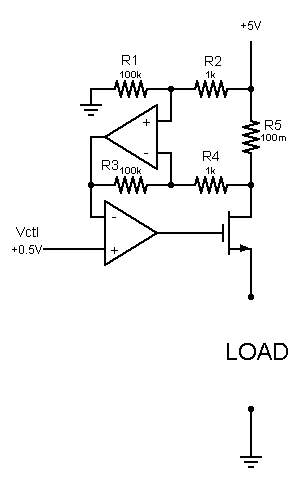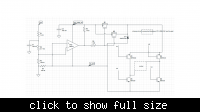kbm10
Junior Member level 3
I have to drive motors using power drawn from USB port.
In order to limit the current drawn, I planning to desing a current limiting circuit. Can anyone pls share some current limit architectures ?
Also, wat sort of techniques are used to limit the initial current spike when motor starts...
Thnx in advance
In order to limit the current drawn, I planning to desing a current limiting circuit. Can anyone pls share some current limit architectures ?
Also, wat sort of techniques are used to limit the initial current spike when motor starts...
Thnx in advance

